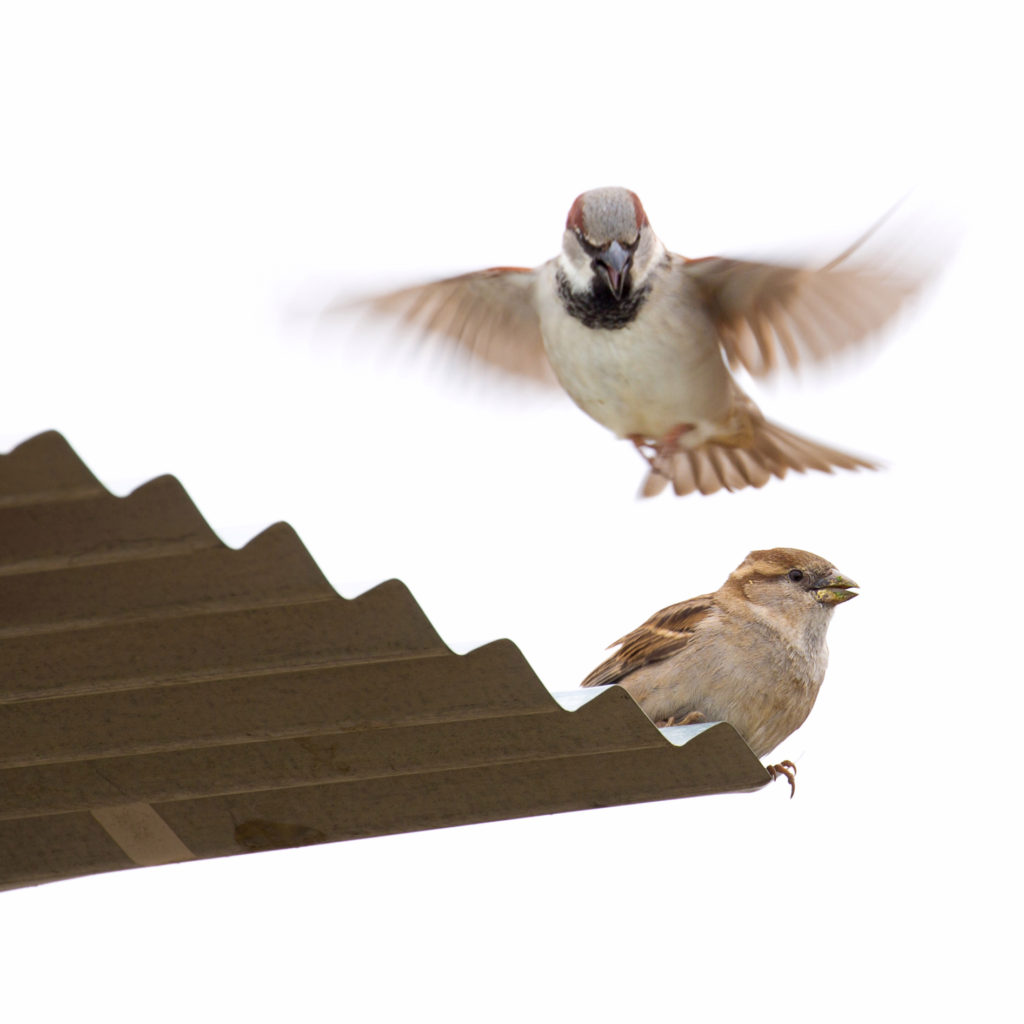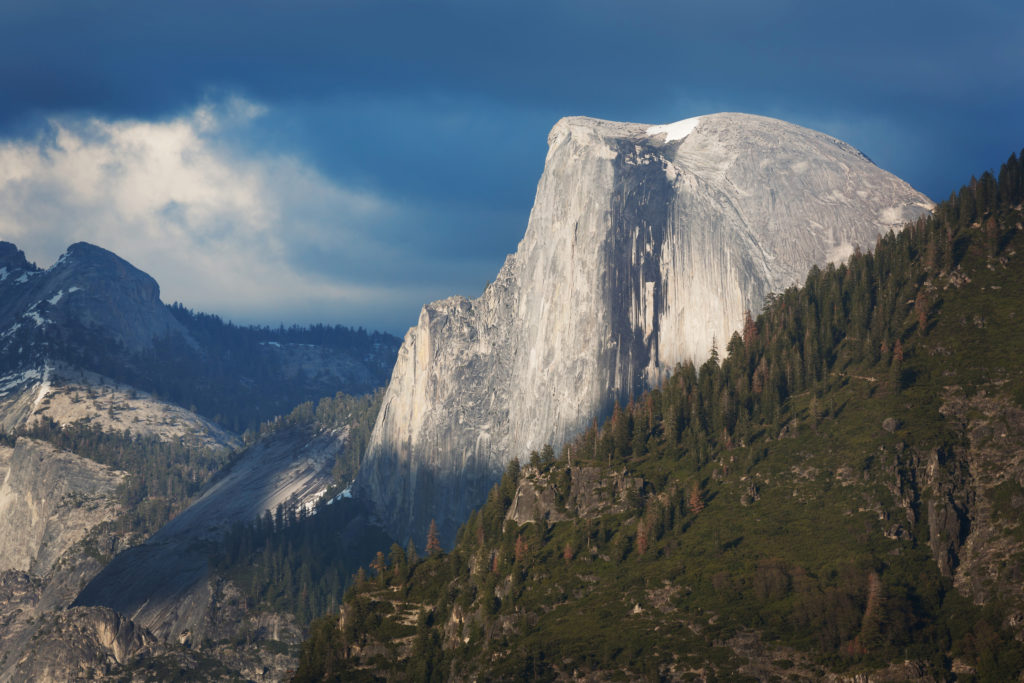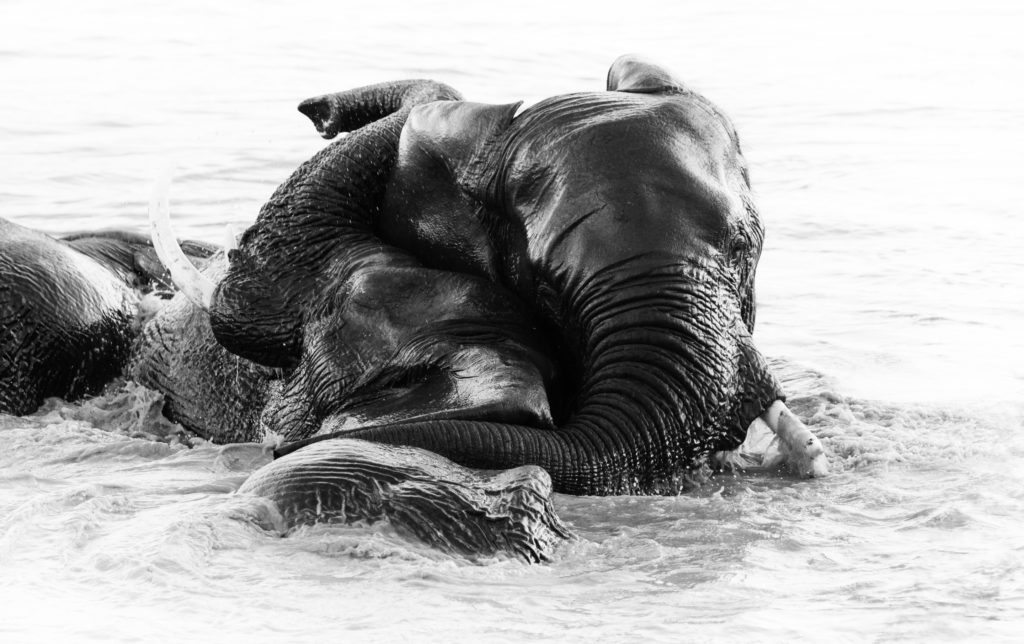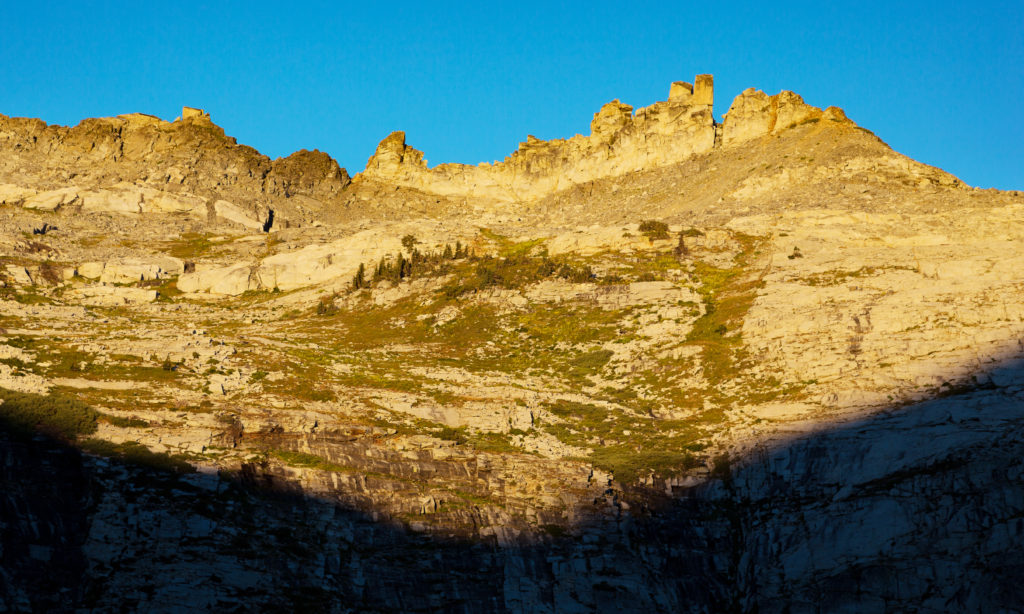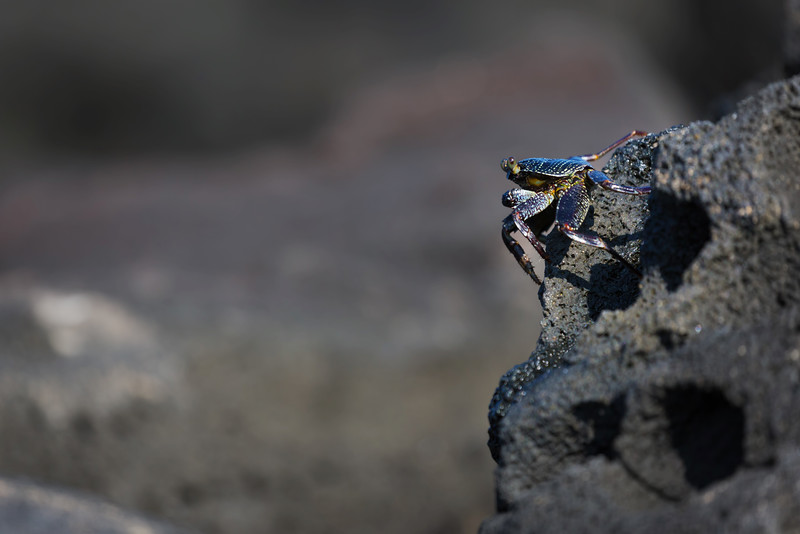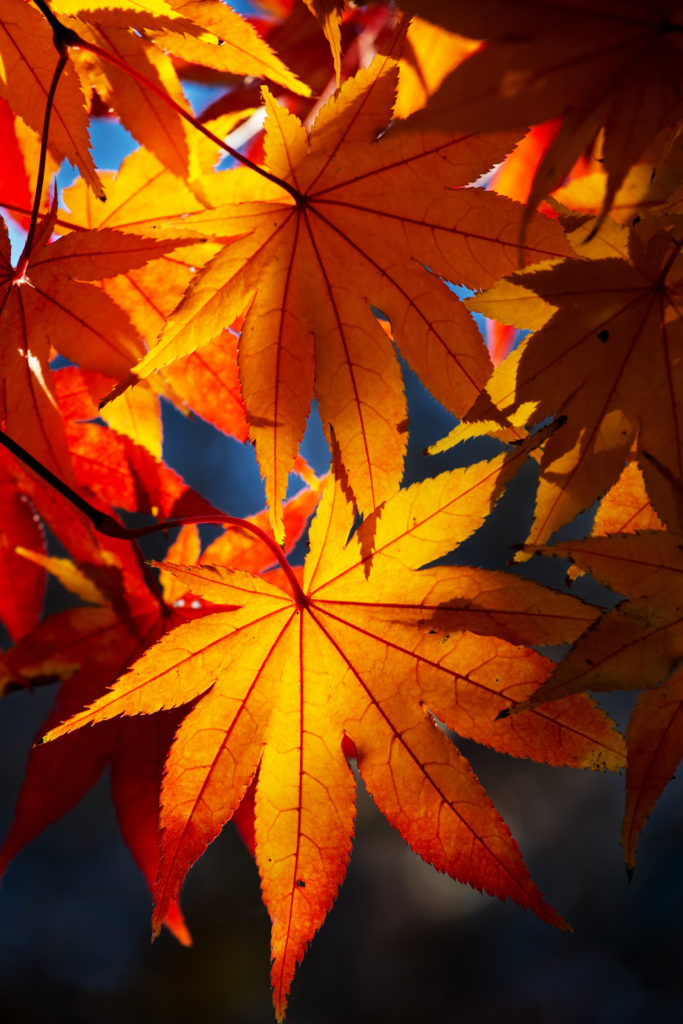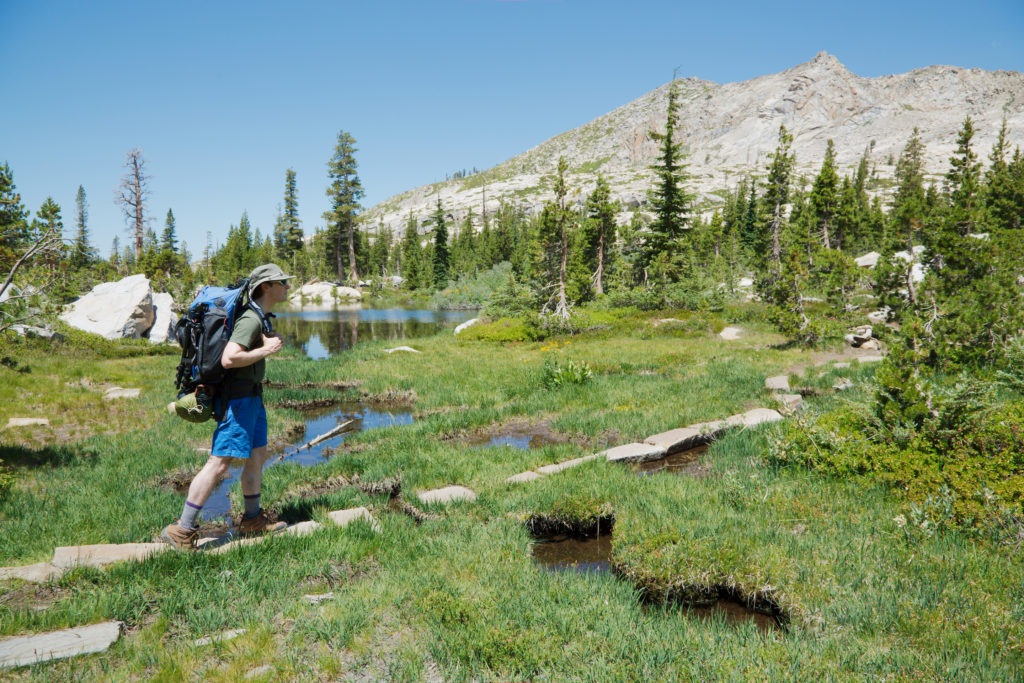Anyone who has bought a good camera and a good lens to go with it knows that the learning doesn’t stop there. The trick is good photography is not in the equipment, but in the knowledge of how to use it and how to process the results. Sure, I use high quality equipment, but an experienced cook can still out-cook me on my lame kitchen stove even when I’m using their state of the art oven. Knowledge and skill is so so much more important.
Many people have asked me over the years how to go about undertaking the huge task of learning post-processing. It’s not an easy goal, and there are a few main things you need to do, and the list below summarizes my thoughts about the best ways to learn a new tool.
Disclosure: some links below lead to stores where you can purchase things. None of the companies discussed on this page have asked me in any way for the particular recommendations I’m making, but using the links below will provide me a referral compensation (no cost to you) if you choose to follow them. Feel free to ignore the links and go directly to the stores yourself if you’d prefer. Of course, if you appreciate the work and resources I put into this page and my training materials, feel free to use the links to help you build your tool set and gear while thanking me through using them at the same time.
- Learn slowly! When you study a new tool, be sure that you don’t try to learn every aspect of it at once. Our brains just can’t handle too many facts at once. So learn a few aspects of your new tool, such as just the curves and exposure adjustment layers in photoshop, at once and then use them! Use them on a few images and play, tinker, experiment. Once those few become fairly natural to use, only then dive into a new few and continue on from there a few at a time.
- Learn how you learn: Different people learn in different ways. Some learn by watching videos, some by taking classes or attending workshops, and others by reading books. All approaches are valuable. Personally, I like video tutorials to get started in a subject, and books to learn a tool completely. Books make better reference material, in my opinion. Thus….
- Learn from the tool authors: Most tool vendors have at least documentation and training materials, if not walk-through videos. Sometimes 3rd-party videos provide more in-depth or better training, but the vendors themselves are still a great starting point (and sometimes an ending point). For example, the excellent tools from come with links to great walk-through training videos, Adobe has a HUGE library of learning, and Trey Ratcliff made a walk-through training tutorial for MacPhun’s Aurora HDR Software (which is far better than Photomatix, IMHO).
- Don’t rely on presets and plugins: Don’t get me wrong, they’re fantastic to use and a great way to get new ideas for how to process an image, and learn from about cool ways to manipulate a tool into extreme settings. But when you’re clicking on presets you’re not really learning to do things yourself, and you’re not creating unique art of your own. A better learning task is to click on a preset and then see if you can reproduce the results from scratch. Also watch out for presets that add a lot of noise to an image; many push the processing way way too far and add bands, noise and halos. Always zoom in to 100% after major changes to make sure you haven’t introduce unwanted artifacts. Decent noise reduction tools exist, like Topaz Denoise, that can bring an image back to life after noise is introduced… But it’s always always better to fix the place where noise was introduced first if you want tack-sharp images in the end.
Get a good reference book: We all get lost and forget things. So find a good book that offers complete knowledge in a subject, and learn how to find things in it. I’ve had a lot of people ask me what my favorite book about Photoshop is. I did a fair amount of research, and “Adobe Photoshop CC for Photographers”
by Martin Evening. This book is a great read cover-to-cover and dives into each section of Camera Raw and Photoshop with great examples and detail about the tool. There are lots of great books out there, however, so do your research and read reviews to determine if it’s the right fit for you.
- Experiment, experiment, experiment! As I tell my students all the time, try new things with the tools you do know. Push your knowledge by pushing the tools further than you knew how to use them. The worst that can happen is you’ll have to hit the undo button a few times, or when using photoshop, delete a layer or two. You have nothing to lose!. And as we know, failures teach us enormously and thus our failures insure our success in the future.
If you have any questions about the resources on this page, feel free to Contact Me and I’d be happy to answer any questions.


